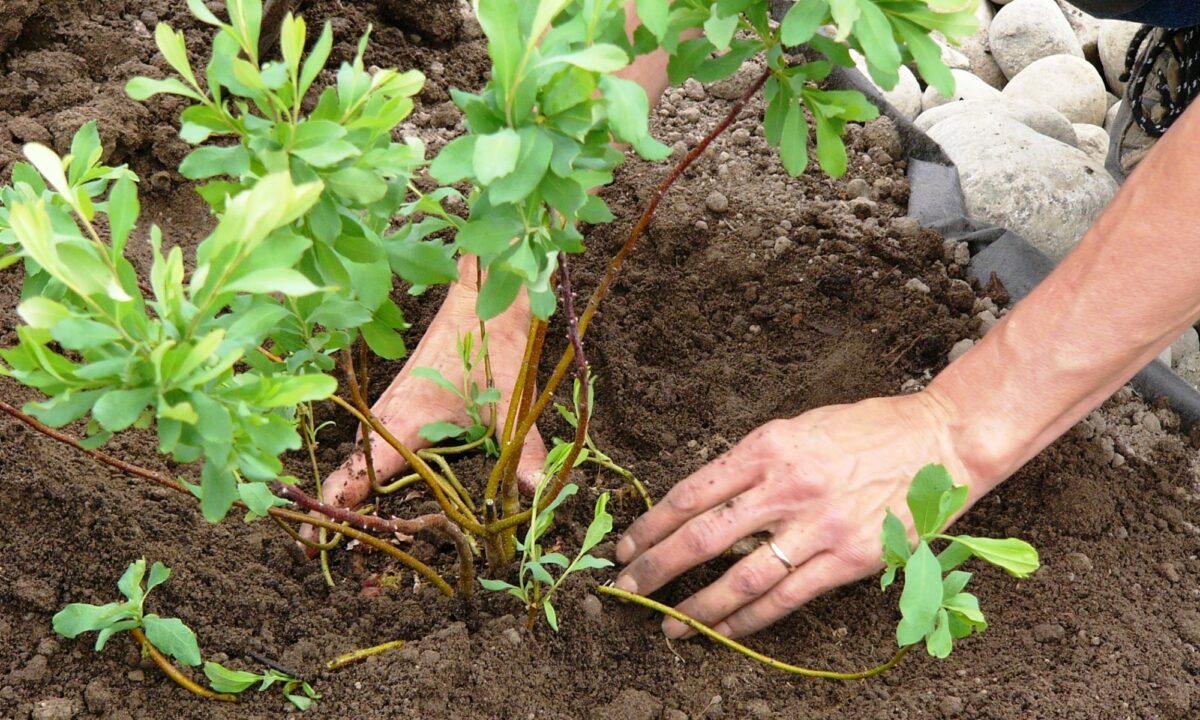Restoring Muskoka shorelines and integrated watershed management
By Cassie Emms

Did you know that the Muskoka River Watershed has approximately 6,800 kilometres of shoreline?
To put that in perspective, it equates to driving from Ottawa to Calgary and back! To most of us, the shoreline is an area that allows access to a waterbody for canoeing, for jumping into a lake, for fishing or for strolling and watching the sunset. However, to wildlife, turtles, fish, birds, and insects, a healthy, natural shoreline provides crucial habitat for food, water, shelter, and breeding grounds. Healthy shorelines also improve water quality by filtering out excess nutrients from rainfall-runoff and slows erosion by stabilizing soil. A natural shoreline is one of the best ways to discourage geese from contaminating your property.
Since the Muskoka River Watershed has an incredible amount of shoreline, waterfront property owners might not consider that their particular shoreline area makes a difference in the overall lake water quality, quantity (flooding vulnerability), and habitat. Think again! Every waterfront property owner has the opportunity to support the aquatic ecosystem and limit erosion by keeping their shoreline natural and beautiful while still maintaining easy access to the lake. When shorelines are developed with manicured lawns, stone retaining walls, or shrubby shores, there are improvements to be made! Muskoka Watershed Council makes it easy to improve these shorelines and has lots of tips and tricks for naturally maintaining them.
The Muskoka Watershed Council partners with Watersheds Canada to implement the Natural Edge Program, which aims to restore shorelines by planting native plants. This year marks the third consecutive year of Muskoka Watershed Council implementing this program and is currently wrapping up the 2021 planting season. To date, over 1,300 square meters of shoreline area have been restored by planting 2,480 native species of trees, shrubs, and flowers. The 2021 season has been successful, with all site visits booked and over 800 plants in the ground.
Restoring a shoreline is an easy, low cost and effective stewardship activity, and small individual actions like this accumulate to significant changes. If implemented on a watershed scale, such changes could potentially reduce flooding in vulnerable areas, which in turn limits erosion and maintains a productive ecosystem.
While restoring shorelines is an important on-the-ground way to reduce flooding impacts, the District of Muskoka ‘Making Waves’ project focuses on collecting data to better understand the Muskoka River Watershed, including a shoreline erosion survey encompassing the entire Muskoka River Watershed. This survey will identify shorelines that have or are currently undergoing erosion and those areas that have a high likelihood of eroding in the future due to fluctuating water levels. Once these shoreline areas are mapped, strategies to restore damaged shorelines or limit damage to vulnerable shorelines can be made. Certainly, planting native plants along a shoreline is beneficial in many ways, and restoring individual sections of shoreline is a proactive and effective way of maintaining aquatic ecosystems.
The Making Waves project is funded by the Ministry of the Environment, Conservation, and Parks. The outcomes of this 18-month project will ultimately contribute to an Integrated Watershed Management Plan, which manages human activities and natural resources together on a watershed basis taking into consideration the connected interests and needs of the environment, economy, and society.
Keep an eye on the Engage Muskoka ‘Making Waves‘ page for updates on the shoreline erosion survey and other projects, and learn more about the Natural Edge program, how you can get involved, and how you can become a Muskoka Watershed Council member by visiting www.muskokawatershed.org.
Cassie Emms is a program communications specialist for the District of Muskoka and a Muskoka Watershed Council affiliate.
